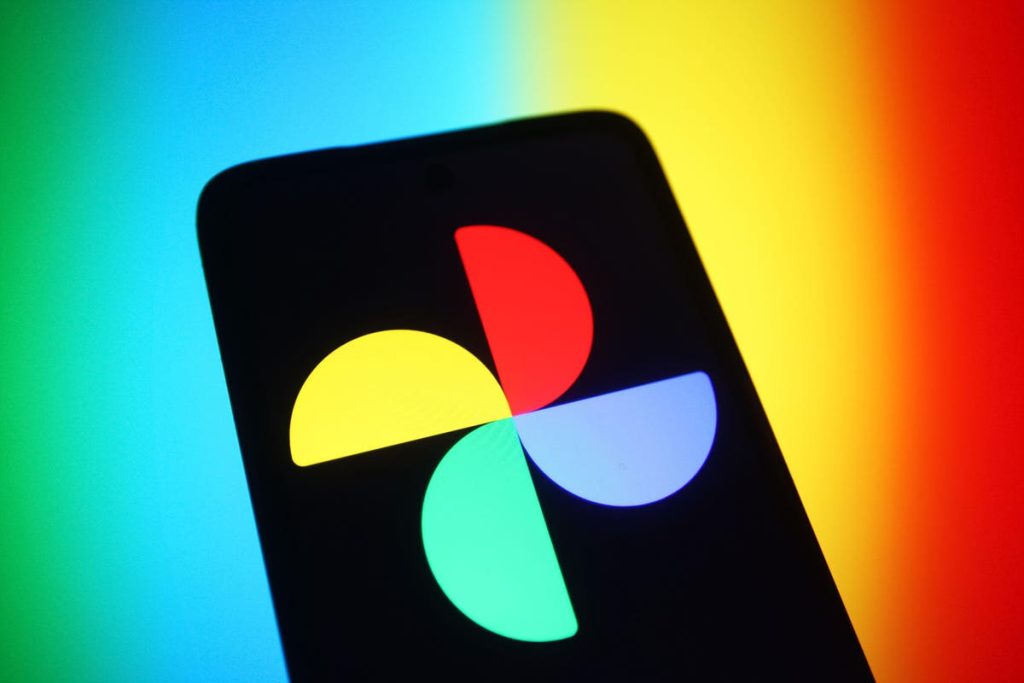08/26 Update below. This post was originally published on August 25
Google Photos is rolling out a new, more powerful photo editor to all those who access the service via a web browser.
Previously available only to paying Google One subscribers, the update brings with it a revamped user interface and a powerful selection of enhanced features that used to be available only in the Google Photos mobile apps. These are now being enabled for all Google Photos users, not just subscribers.
You can read about the changes in detail in my previous story posted when the update was originally announced back in June, but here’s a quick summary:
- Suggested edits—Upon opening the editor, you’ll be presented with automatically selected editing functions that can transform your image with a single click. Probably the most useful of these is the “Enhance” button.
- Expanded aspect ratio options—Crop and rotate your photos in a selection of different aspect ratios, including a new 5:4 option.
- Revamped adjustment options with additional controls—New, more powerful editing controls are now available to everyone, with a simplified interface and bigger, clearer icons.
With the update in place, editing photos in your browser comes much closer to the experience of editing on your smartphone.
Note that, while these changes bring an improved editing experience to all Google Photos users, several of the more powerful features, such as HDR editing, Portrait mode and Color Pop remain locked away from non-subscribers. Non-paying users are able to see a preview of each effect but won’t be able to save their changes without upgrading.
Troubleshooting
While the upgraded editor is undoubtedly more powerful, it also appears to place considerably more strain on your computer’s hardware. If you don’t have hardware acceleration enabled in your browser, then you’re probably in for a rather sluggish experience that’s considerably worse than using the smartphone app.
Browser settings and extensions can also have an impact on the new editor. If you encounter problems, then try enabling hardware acceleration in your browser or installing a second browser with default settings. On my system, for example, the Google Photos editor runs much more smoothly in a freshly installed Firefox browser than it does in my regular installation of Chrome.
08/26 Update: Complaints are already coming in stating that, for some people, the new Google Photos editor is causing problems.
As I mentioned in my initial review of the upgrade, certain useful tools, such as the automatic alignment button, now seem to be missing. This means users now have to rotate their images manually if they want to, say, straighten up the horizon in a landscape photo.
Now, other users have noticed the loss of the ability to copy edits directly from one photo to another. This tremendously powerful time-saving feature allowed you to adjust a photo until it looked just the way you wanted and then easily transfer that look to the next (or previous) picture without having to redo your edits. It seems this is no longer possible in the new editor.
Google is to be applauded for bringing the more modern editor from its Google Photos apps over to the web interface. However, these missing features and significant performance issues (see above) need to be addressed as soon as possible. The editor is a vital core function of the service, and with tens of billions of photos uploaded each week even a small percentage of disgruntled users will result in a large number of complaints.
Follow @paul_monckton on Instagram
Read the full article here










